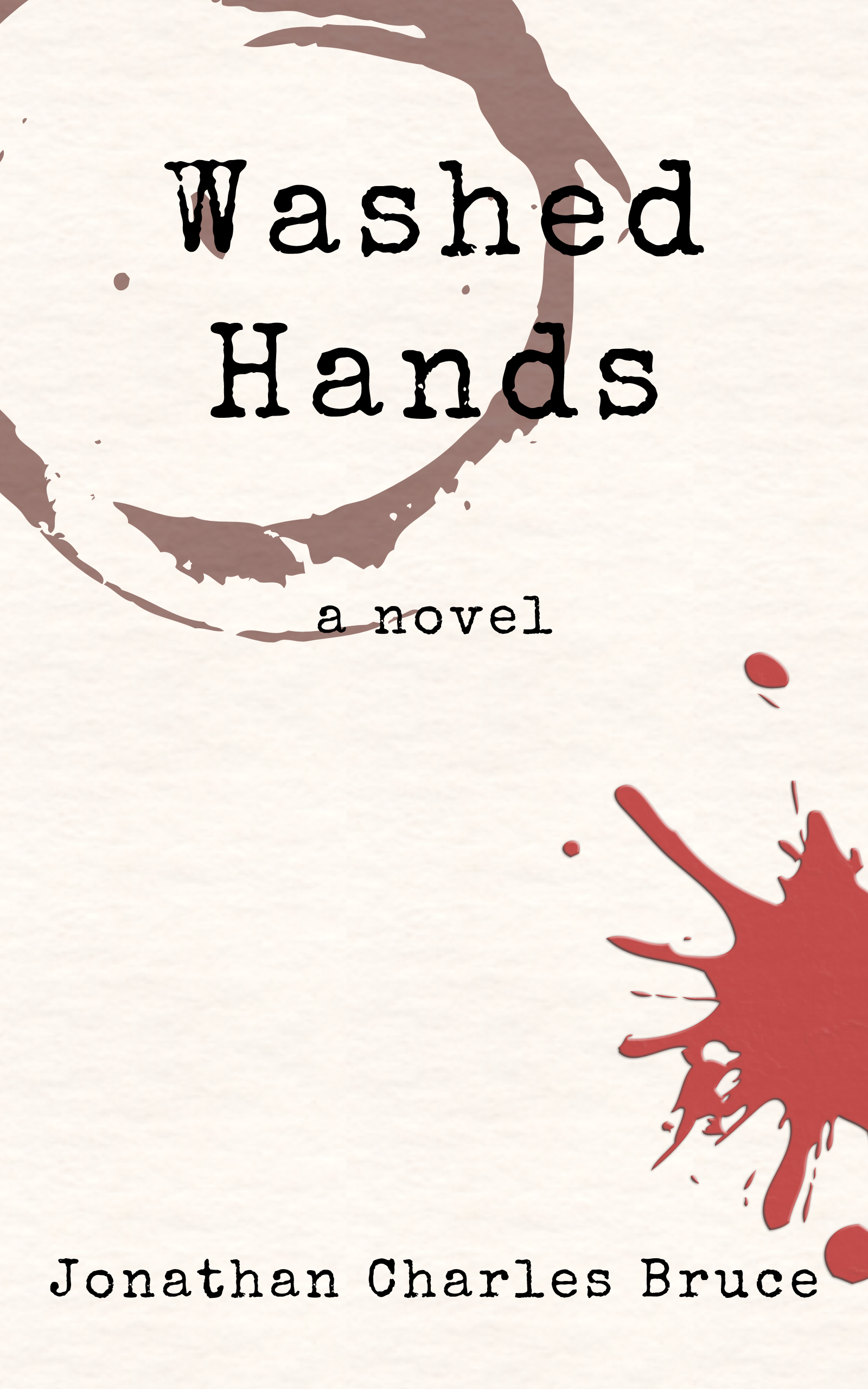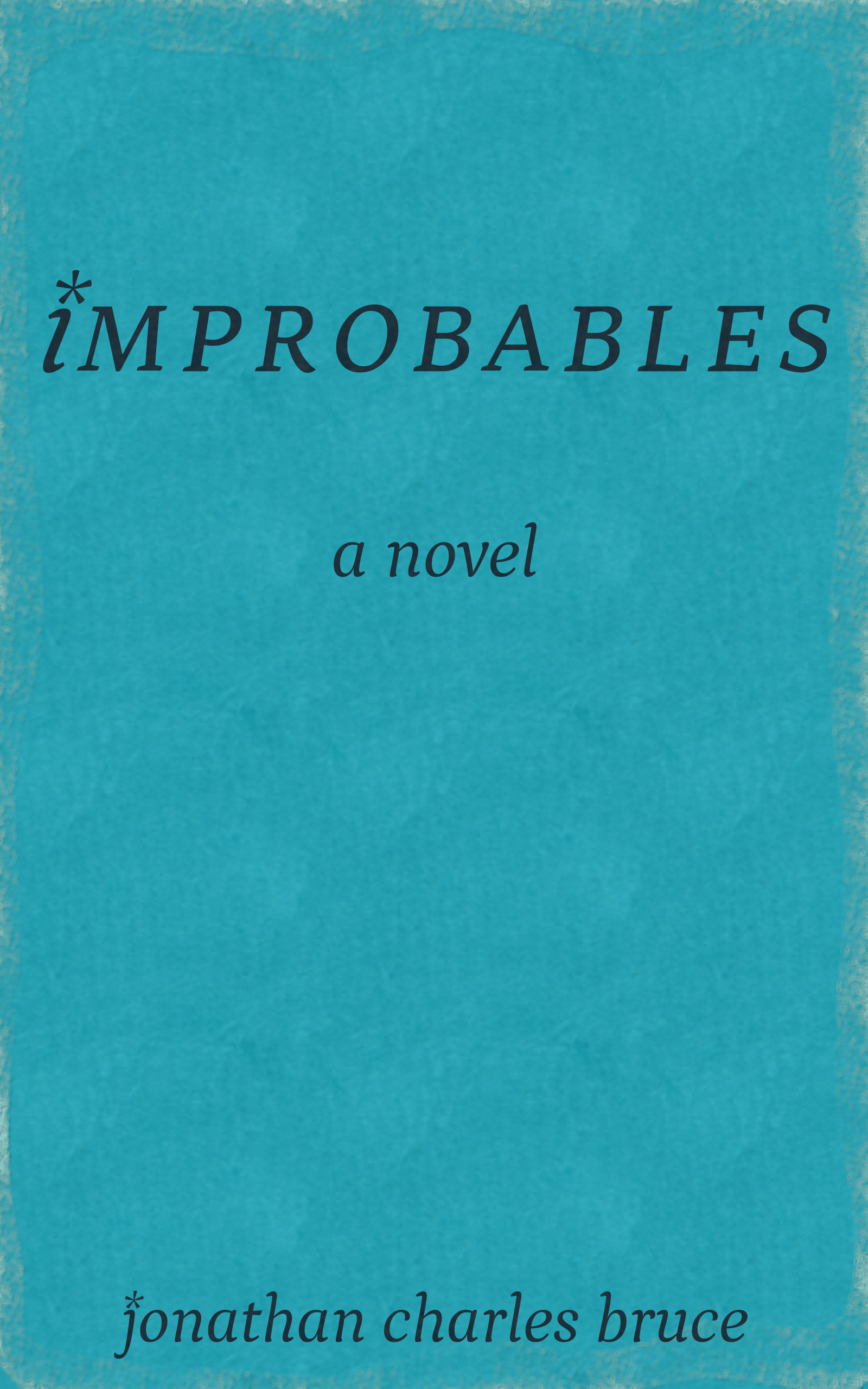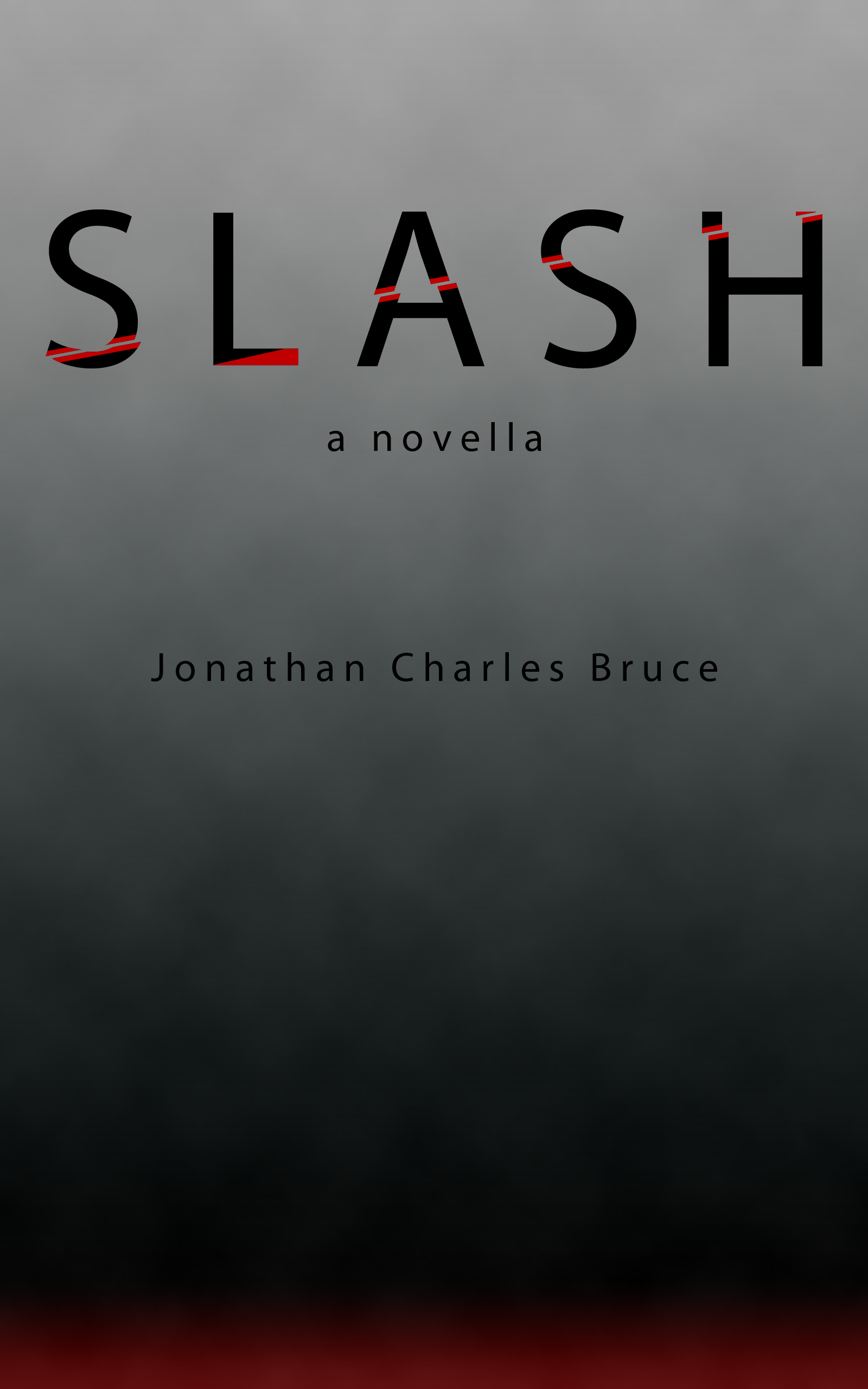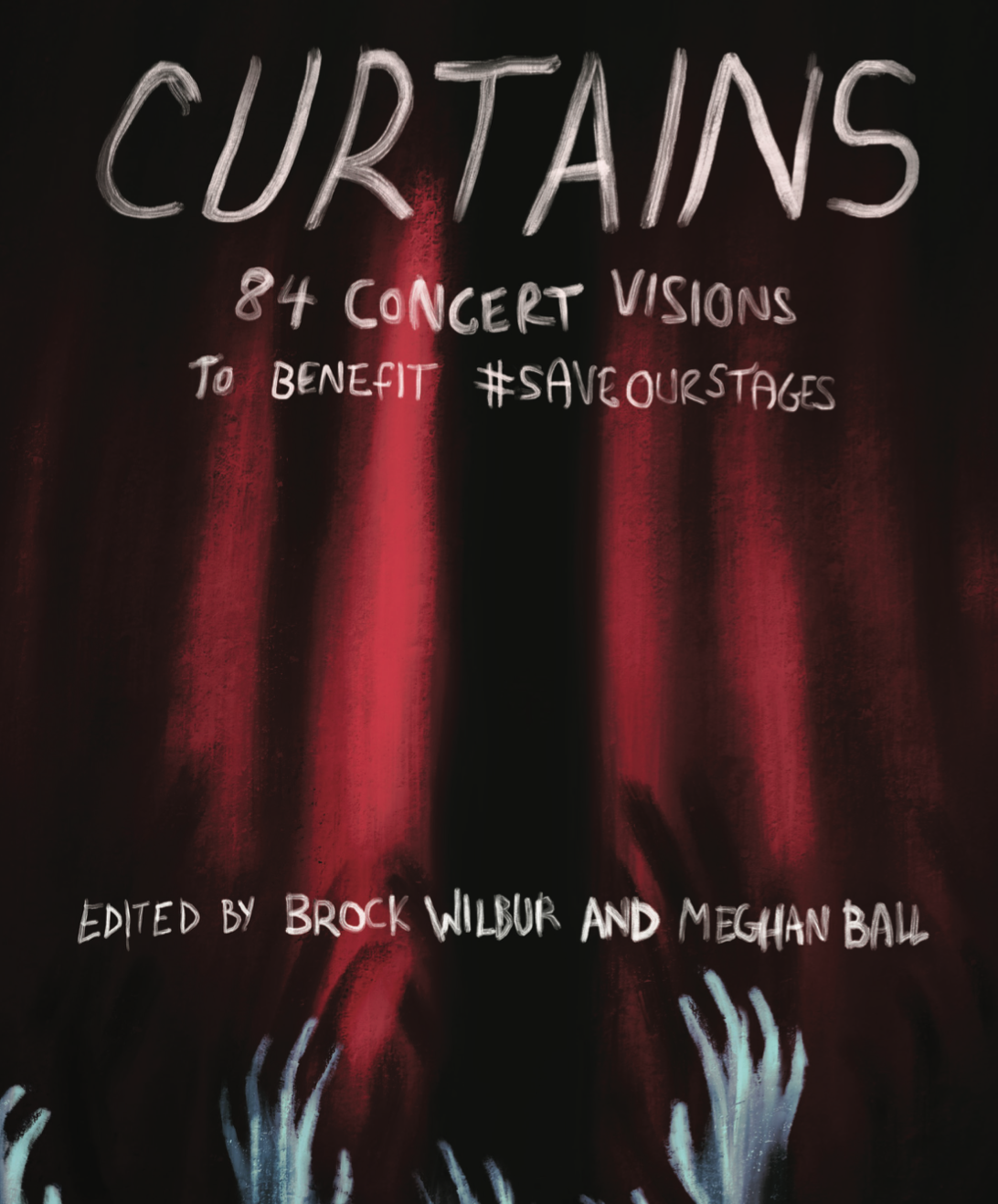Antagonists
I had the opportunity to join my friend and fellow writer-of-words-in-a-coherent-fashion Jinn Nelson in a writing workshop. We went over some of the ins and outs of character writing and development. Now, the audience was fairly small, but we still got to go over some points that we hold dear. Jinn took a more hands-on, workshopy approach to writing protagonists. I, as I am wont to do, did more of a lecture on antagonists. Since this was more informal, I wanted to make sure that I had at least something to go on, so I wrote a basic speech to help clarify my thoughts before diving in and winging it.
Expect a lot less vulgarity than normal. It was a speech, after all.
So, here it is:
There’s an old expression: “A story is only as good as its villain.” I would like to amend that statement: “A story is only as good as the force acting against your hero.” This is what we call an antagonist, or what Joseph Campbell calls “The Shadow”, and these are probably the more valuable terms. It allows you, as the writer, into a much wider world than simple struggles of good versus evil.
An antagonist works against the protagonist for any variety of reasons. In a romantic comedy, it could be someone working to undermine the main characters’ relationship, or it could be a dark secret one holds from the other. In a drama, it could be the strained relationship between a father and his children. Action stories typically rely on the more traditional ‘bad guys’ rushing toward a goal that your protagonists wish to stop, while in the zombie apocalypse genre, humanity’s selfishness often becomes the central antagonist than the flesh-eating corpses do.
Why is this change of terms so important? As mentioned earlier, trying to keep something a simple binary (heroes versus villains, good versus bad, etc.) is a rather simplistic approach. It can work, and it can work very well – the success of The Lord of the Rings can attest to this. But Sauron doesn’t come across as a deep or effective villain. He is, after all, just evil. It works for the story that Tolkien was telling, but in the end, simplicity can actually damage the story you want to tell.
What I mean by this is that a hero is, at least, partially defined by his relationship with the antagonist. Having a wholly evil/monstrous antagonist is great for making your audience more sympathetic to the hero. But if you have a weak hero – he’s a goody-two-shoes, too powerful, too intelligent, whatever – the lack of an enemy with depth makes the audience associate with a protagonist they find annoying. You may be telling a great story, but your audience will put the book down rather than continue feeling cheated.
The Magicians by Lev Grossman is a good example of this in fantasy. The book follows the titular magicians through what amounts to a magic college. Each of the characters, with precious few exceptions, are boring, selfish, and self-destructive. A competent villain could have saved the narrative. The villain could have been suave, personable, but driven by greed or something else. He could have been something the heroes could rally against. He could have made them put aside their stupidity and obnoxiousness long enough to defeat the big bad and maybe learn something in the process. Instead, we’re treated to a wholly evil antagonist. Everything he does essentially boils down to “Because I can.” The author forces you to sympathize with weak characters because there is simply no one to help drive the story. Ultimately, this is a tragedy, because there are a lot of elements to the story which are really good.
Many books by Dean Koontz also suffer from the problem of an over-simplified antagonist. Almost every single villain can be described as “A sociopath” or “Inhuman”. Koontz’s biggest strength is writing rather complex protagonists, so much so that he doesn’t necessarily need strong antagonists. There are plenty of examples, however, where a poorly defined protagonist is played off a weak antagonist, resulting in a turgid read. The second Odd Thomas book is depressing because we went from a well developed world in the first one to a simple “I’m crazy, look how crazy I am,” approach in the second.
But we’re still in a bit of a bind, here. How do we write good antagonists? The thing to remember is that there are three major kinds of antagonists: villains, competitors, and conditions. Once you have broken them up into the categories, it becomes easier to conceive how to build the antagonist into a force that challenges your hero, as opposed to one that merely inconveniences them.
Villains
Near and dear to my own heart, villains are the typical bad guys. They actively try to achieve a goal or stop the hero from achieving theirs. They are usually people we love to hate, or hate to love, because they often times are the hero given a dangerous twist. Beauty becomes a weapon rather than an attribute, strength becomes a tool of oppression versus liberation, intelligence is used for selfish rather than communal reasons. Snow White and the Huntsman is a good example of this mirrored characters. The rightful princess is beautiful and a leader by birthright. She doesn’t use her beauty in any significant way, other than she is a threat to the powers that be. The queen is a leader, but had to achieve that through subterfuge and conspiracy. Her beauty is a weapon that needs to be replenished at the cost of the youth of women around her.
These traits can also be juxtaposed in the hero and villain. Spider-Man is quick and intelligent – his foes are usually much more powerful than he is. As such, Spider-Man has to outwit foes like The Rhino, The Green Goblin, and Venom who would kill him in a straight fight. A hero like Wolverine, though, has villains which typically can’t effectively fight him one-on-one. This complementary nature makes these heroes more interesting to watch, as they can’t do the same thing to win every time. They, and by proxy, the reader, are challenged.
While that’s all well and good, where do we get our strongest villains? Well, typically, your strongest villains are ones that are a credible threat, are actively pursuing something the hero wants to stop, and feel like real people. As outlined above, a lot of authors make the mistake of keeping their villains simple. They’re bad. They hate everyone. They’re sociopaths. While it can work for certain narratives, the villains are rendered two-dimensional.
What I would have you remember, though, is that every villain was called “Son” or “Daughter” when they were growing up. They lived within the same world as the protagonists, perhaps grew up side-by-side with them, were teased or sheltered. They have families and loves. And, for the most part, most of them don’t realize what they’re doing is wrong.
What makes a villain engaging is when they feel human. Outside of the deranged, most people do understand the difference between right and wrong. They may have a noble goal, but they have convinced themselves that even destructive means are justified by the end result. A rampaging king who invades nearby kingdoms may be searching for a cure for his dying child. A hero may still attempt to stop him – justifiably so – but revealing that the villain is a grieving parent who will stop at nothing to save his family makes the final conflict with the hero, one which usually ends in the death of the villain, a much more morally dynamic moment. It will force you as the author and your audience to consider the price we would pay to save the ones we love.
There is a major corollary you need to consider, though. Just as having a weak villain puts more focus on your protagonists, having too strong a villain makes your reader sympathetic to the antagonist – the opposite of what you want to achieve. Although I have made this argument before, it bears repeating: in the cartoon of Batman, Mr. Freeze is much like our depressed king above. He is a brilliant cryogenic researcher whose wife falls ill. He freezes her to buy enough time to save her life, only to have his employer cut funding. The final kick in the gut comes when his former boss decides to be extra dastardly and douse him with chemicals, ensuring that he can never live a normal life at room temperature. He only takes up a life of crime to keep funding his research to save his beloved.
In this same story, we have Batman who, decades after his parents are murdered, dresses up in pajamas to punch criminals in the face instead of an appropriate reaction to grief. Why, exactly, am I suppose to want Batman to win? In this case, Batman’s kind of a jerk.
To continue picking on Batman, the Joker is a simplistic villain that everyone rallies around in an effort to disprove the “deep villain” dynamic. And it’s a credible argument, too. The problem here is that Batman is a weak protagonist. Speaking above the inevitable racket of fanboys pounding on their keyboards in protest, Batman is about as interesting as dried toast. His definition of justice is so harsh that the Joker – an agent of chaos – seems interesting because we watch how Captain Shifting Morals deals with it. If you put the Joker in any other super hero narrative, he’s boring.
And returning to my earlier example of Sauron, yes, he’s evil. But in the LOTR trilogy, he’s also barely an actor in any way. Yes, he’s corrupting people and building armies and blah-de-blah. But the actual antagonist in the movie – the core problem that needs to be resolved – is the One Ring itself. You could take Sauron completely out of the narrative and replace his armies with bandits seeking to steal the ring because it’s calling them to save it from destruction, and you’d functionally have the same story. Frodo isn’t on a journey to kick Sauron in the junk – he’s trying to destroy the ring. If you can take an antagonist out of the narrative and it remains functionally the same, it’s not necessarily the main antagonist.
Long story short, I guess the thing you have to remember is that a villain used to make mother’s day cards in 3rd grade, but if you focus on it too much, it makes your hero look a touch deficient.
The Competitor
When a protagonist has a problem that can’t be punched even though they’d really like to, it’s usually the result of having a competitor antagonist. The competitor can be a friendly rival or openly hostile, but they are the ones who keep the hero moving toward the ultimate goal. In this case, both the protagonist and the antagonist generally want the same thing for roughly the same reason. In the movie Titanic, the central human antagonist is Rose’s fiancé Cal, as he is in direct competition for her affection from Jack. Like this example, a lot of competitors force female characters into damsel-in-distress roles, which is tremendously annoying and insulting. Unless you’re into that sort of thing, but you’re clearly a lost time traveler or an idiot.
The competitor archetype is not particularly complex on its own. They are usually competing for the affection of another character, are trying to reach a favorable judgement in a trial, or are trying to achieve a promotion. The movie The Prestige, with Hugh Jackman and Christian Bale, is dedicated almost wholly to this type of antagonist. The story concerns itself with a pair of magicians trying to out-magic one another around the turn-of-the-century London. Both characters share the weight of being the antagonist in the story, often times switching roles depending on the point in the narrative. It is the strongest example of this type of antagonist, opening up a lot of possibility for discussion and analysis due to the skill in writing and the even-exchange between hero and villain.
It should also be noted that many antagonists will move from competitor to villain, or even from villain to competitor. This is possible most notably in long-running series. A former villain may make an alliance with the protagonist in order to deal with a bigger threat, like Magneto and his allies in X2. Once taken care of, however, they shift back to becoming villains with a last minute double-cross. They can also form a grudging respect or friendship with their former foes, willingly staying out of the protagonist’s way once the bigger issue has been taken care of.
Competitors can be the most dynamic of the antagonists. In many cases, they do not have to be actively hated by the audience. In Emily Giffin’s Something Borrowed book series, the competitor antagonist in the first book becomes the protagonist in the secnod. Within that entire story arc, we watch her develop from a competitor we can sympathize with, but maybe not overtly like, but eventually see things from her perspective. Further, the competitor in this example didn’t even consciously know she was in a competition until she had essentially lost in the first place. Writing a compelling competitor is an effective technique which can take a long time to execute, but when done correctly, feels very real.
Also, there is Lost, I suppose.
A successful competitor - just like a good villain - challenges the protagonist and pushes them to greater and greater heights. While there may not be a climactic duel, this relationship leads to the tension and climax. A good competitor makes victory all the sweeter, while victory over a friend is tempered with bittersweetness.
Conditions
Volcano, Dante’s Peak, Deep Impact, and Armageddon are all disaster films with what appears to be no substantial antagonist. However, the very act of nature that the protagonists are running from – lava and rocks from space – are the very agents of story progression. Without those disasters, the films would be called Geologist in L.A., Geologist in the Mountains, Morgan Freeman is President, and Off-Shore Oil Drillers respectively.
Natural and unnatural disasters – like, say, a zombie apocalypse on the scale of Max Brooks’s World War Z – can trigger a variety of emotions and responses in people. We watch these movies and read these books in order to watch how protagonists respond to the threat, either holding onto their humanity or throwing it away. The trick about a conditional antagonist, like all other types of antagonists, is that the threat needs to be real and credible. Horror movies typically fall into this category, as the antagonists can not be reasoned with and are, quite frankly, a force of nature. Usually through no fault of their own (outside of tremendous stupidity), teenagers at Camp Crystal Lake just happen to be at the wrong place while being in the wrong demographic. Halloween introduces us to a severe genetic condition – Serial Killer Sister Syndrome (or SKSS as it is known in the medical community) – which progresses the (increasingly silly) story.
However, the threat may not be entirely physical. A conditional antagonist could also be a marital relationship shattered by infidelity. It can be a demanding new work schedule, like the central antagonist in The Devil Wears Prada. These types of things stretch the protagonists’ relationships with each other and their ability to weather stress.
Conditional antagonists cover a lot of genres, from disasters to horror to comedies to dramas to romances. They can be a secret that threatens to destroy a friendship, a (hilariously overwrought) death-sentence put in place by the (incredibly ineffective) Grim Reaper itself in Final Destination, or a character’s reprobate lifestyle and blatant terribleness in The Wedding Crashers. It can be repressed memories, such as The Machinist, or even journalistic trickery like Never Been Kissed.
The key strengths of this type of antagonist is making everything feel a bit real. Jealousy can destroy friendships, a parent’s behavior can lead to distance between them and their family, a volcano erupting in your yard is pretty terrifying. But the biggest problem is in how you present the material. In many ways, this type of antagonist (outside of the disasters, mind you) can be very stagnant and have the potential to verge into melodrama. While being self-aware of this allows you to parody genre conventions, doing so unknowing leads to your work being laughed at instead of with. Characters must behave rationally to this antagonist, and in ways that are refreshing and new.
While this may seem to be the easiest antagonist to write, they are quite challenging because you have to be incredibly conscious of both the authenticity of your approach and your originality. Further, “defeating” this antagonist is not as simple as punching it to death. As an author, you must be aware of every emotional point that you’re trying to hit and – more importantly – every logical step it would take to get there. You can’t jump from being blamed for the death of a child to forgiveness without your audience doubting your ability to tell a story.
And that’s the big thing to remember for all of these examples. Logic is king. Your antagonist has to fit in with the story – past, present, and future. It needs to be a credible threat in some significant way. And the antagonist’s defeat – that is, the protagonist’s triumph – needs to be earned so that the audience can share in that moment of victory. Without this, your story loses.
< PREVIOUS ENTRY • NEXT ENTRY >
Advice • Fiction • Gaming • General Musings • Reviews





